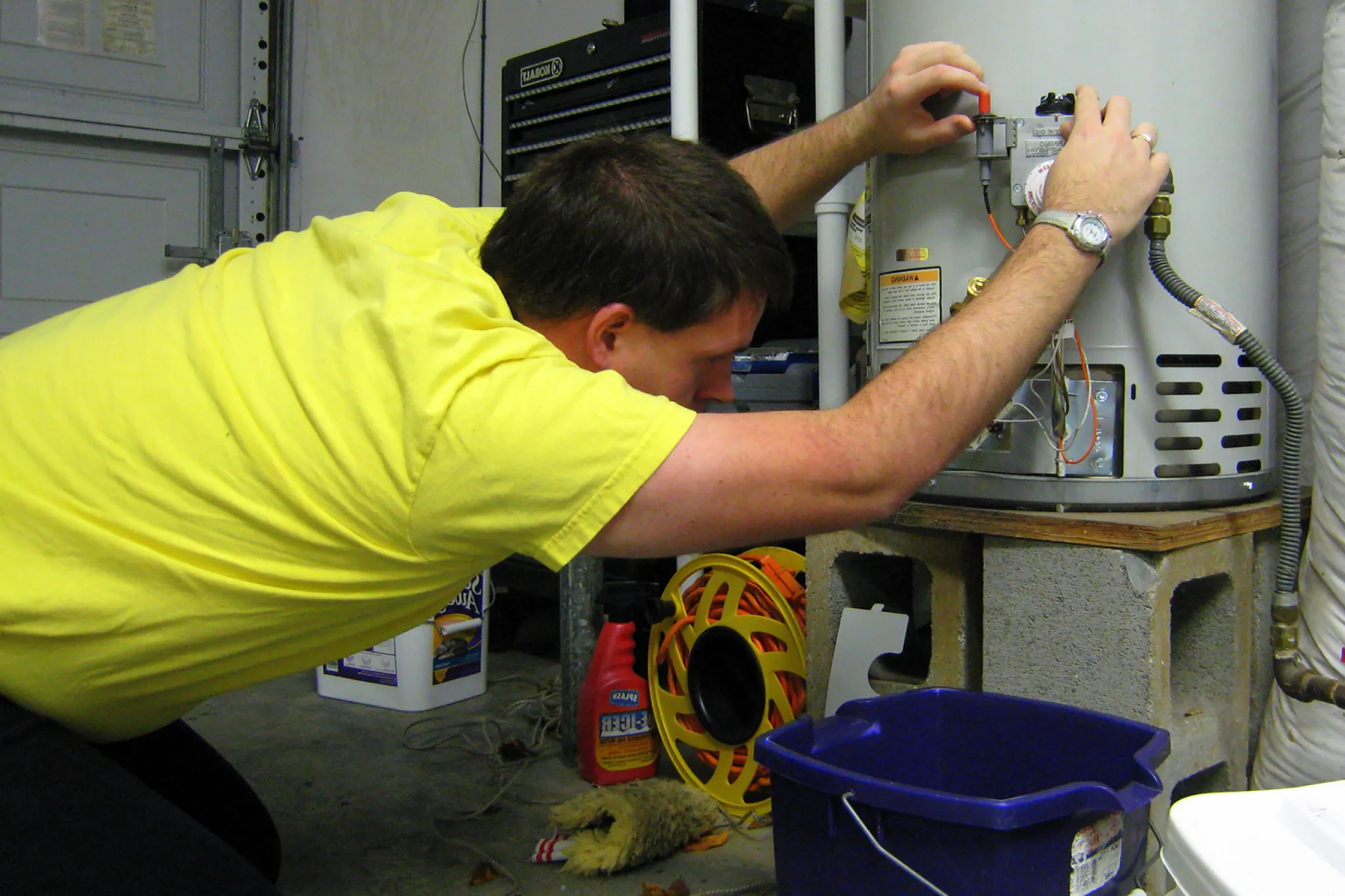How do you actually feel about How to Maintain a Hot Water Heater in a Few Simple Steps?

Hot water is necessary for day-to-day convenience, whether it's for a refreshing shower or washing dishes. To guarantee your warm water system runs successfully and lasts longer, regular maintenance is crucial. This write-up provides functional pointers and insights on exactly how to keep your home's hot water system to prevent interruptions and pricey repairs.
Introduction
Preserving your home's warm water system could seem complicated, however with a couple of basic actions, you can ensure it operates efficiently for years to find. This overview covers everything from understanding your hot water system to do it yourself upkeep pointers and recognizing when to call professional help.
Importance of Preserving Your Warm Water System
Normal maintenance not just expands the lifespan of your warm water system yet also guarantees it runs efficiently. Ignoring upkeep can cause lowered efficiency, higher energy costs, and even premature failure of the system.
Indications Your Warm Water System Demands Upkeep
Recognizing when your hot water system needs interest can protect against major concerns. Look out for signs such as inconsistent water temperature, unusual noises from the heating unit, or rusty water.
Comprehending Your Warm Water System
Prior to diving right into upkeep jobs, it's handy to understand the basic components of your hot water system. Typically, this includes the hot water heater itself, pipes, anode rods, and temperature level controls.
Monthly Maintenance Tasks
Normal monthly checks can aid capture minor concerns prior to they rise.
Flushing the Water Heater
Flushing your water heater eliminates debris buildup, improving efficiency and extending its life.
Monitoring and Replacing Anode Rods
Anode rods stop rust inside the storage tank. Checking and changing them when worn is vital.
Evaluating and Readjusting Temperature Setups
Adjusting the temperature setups makes sure ideal efficiency and safety and security.
DIY Tips for Maintenance
You can execute a number of upkeep tasks yourself to keep your hot water system in top problem.
Looking for Leaks
Consistently evaluate pipelines and connections for leaks, as these can lead to water damages and higher bills.
Checking Stress Alleviation Valves
Examining the pressure relief valve guarantees it operates properly and stops extreme pressure accumulation.
Insulating Pipelines
Insulating hot water pipelines reduces heat loss and can conserve power.
When to Call a Specialist
While DIY upkeep is valuable, some concerns call for specialist knowledge.
Complicated Concerns Needing Professional Assistance
Examples consist of major leakages, electrical issues, or if your hot water heater is consistently underperforming.
Regular Professional Maintenance Conveniences
Professional maintenance can consist of thorough examinations, tune-ups, and making sure compliance with security standards.
Verdict
Routine upkeep of your home's warm water system is important for effectiveness, longevity, and cost financial savings. By complying with these pointers and understanding when to seek professional help, you can guarantee a trustworthy supply of hot water without unanticipated disruptions.
How to Maintain an Instant Hot Water Heater
Before tinkering with your hot water heater, make sure that it’s not powered on. You also have to turn off the main circuit breaker and shut off the main gas line to prevent accidents. Also turn off the water valves connected to your unit to prevent water from flowing into and out of the appliance. 2. When you’re done, you have to detach the purge valves’ caps. These look like the letter “T” and are situated on either side of the water valves. Doing so will release any pressure that has accumulated inside the valves while at the same time avoid hot water from shooting out and burning your skin. 3. When the purge valves’ caps are removed, you have to connect your hosing lines to the valves. Your unit should have come with three hoses but if it didn’t, you can purchase these things from any hardware or home repair shops. You can also get them from retail stores that sell water heating systems. Read the user’s manual and follow it to complete this task properly. When the hosing lines are connected, open the purge port’s valves. 4. You should never use harsh chemical cleaners or solutions when cleaning your unit. Make use of white vinegar instead. It should be undiluted and you’ll probably use about 2 gallons. 5. Now flush your water heater. This task should probably take about 40 minutes. We can’t give you specific directions for this because the procedure is carried out depending on the type, model and brand of your heater. With that being said, refer to the user’s manual. 6. When you’re done draining the unit, you have to turn off the purge port valves again. Remove the hosing lines that you earlier installed on each of the water valves. Put the valve caps (purge port) back in their respective places and be very careful so as not to damage the rubber discs that are found inside these caps. 7. Now that everything’s back in place, check your user’s manual again to find out how to reactivate your water heating system. 8. Once it is working, turn one of your hot water faucets on just to let air pass through the heater’s water supply pipes. Leave the tap on until water flows smoothly out of it. https://www.orrplumbing.com/blog/2014/september/how-to-maintain-an-instant-hot-water-heater/

I was introduced to that write-up on Tips on Maintaining a Water Heater through a buddy on a different web property. Enjoyed our piece of writing? Please share it. Let somebody else find it. Thank you for your time. Kindly check up our blog back soon.
Information Here